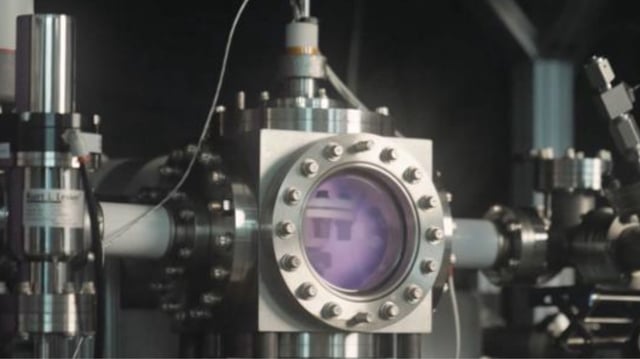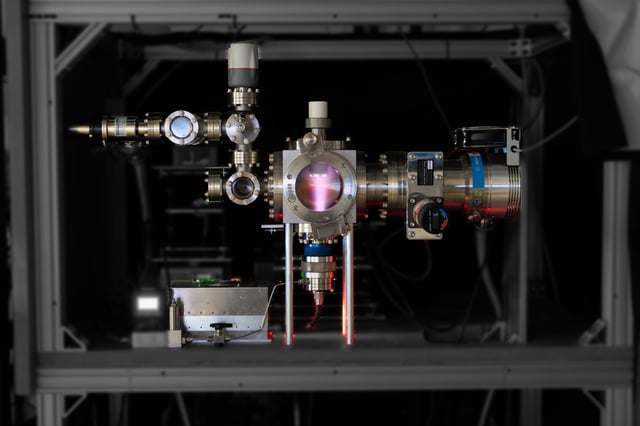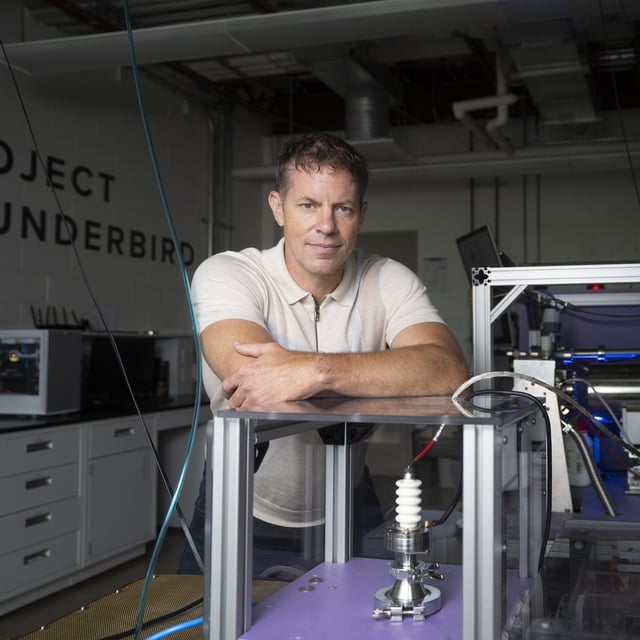Overview
- UBC researchers report measurable deuterium–deuterium fusion in a compact particle‑accelerator setup that loads deuterium into a palladium target.
- Switching on an electrochemical cell to increase deuterium in the metal raised fusion rates by about 15% compared with plasma loading alone.
- Neutron emissions from the target provided a direct nuclear signature of fusion, replacing earlier reliance on heat measurements.
- The device is far from energy positive, producing roughly one‑billionth of a watt while requiring about 15 watts to operate.
- An accompanying Stanford commentary calls it the first verified case of electrochemically enhanced fusion, as other experts argue the effect aligns with conventional beam‑driven physics and urge caution on novelty claims.


